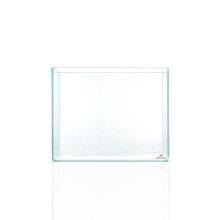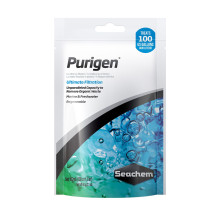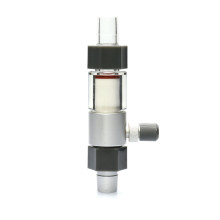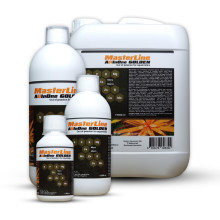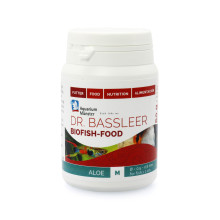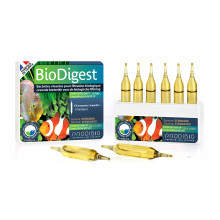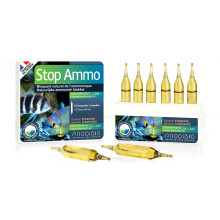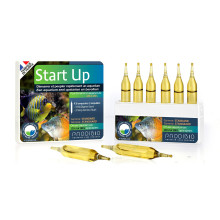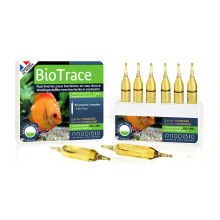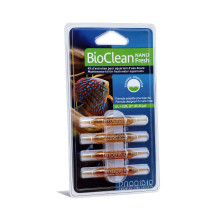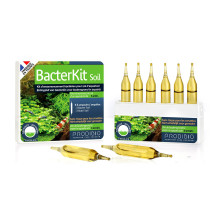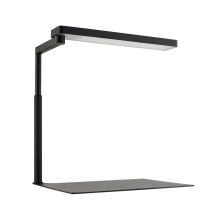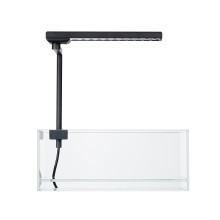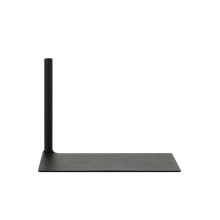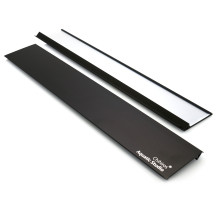Aquarium plants care
In a planted aquarium the plants are the stars of the cloth. The fish and other animals are sought to subordinate importance. When the planting of an aquarium there is not healthy, it is the overall impression soon gloomy and sad. By far the most people can enjoy more of the radiant nature on a sunny day, in which plants and animals delight in the sunlight. The mood of autumn days is a lot less cheerful and bubbly. Reason the more to ensure that there is a lush, vivid impression of the aquarium that is full of positivity, the space exudes, even on dark days!
Aquarium plants out for the aquarium
This seems easier said than done. There are so many plants to choose from, with good and less good choices. Go carefully to work, haste is good for nothing. In the first place, it is wise to take into account the size of the plants. Plant species with large leaves don't belong in a small aquarium. They will be collectively and a clumsy impression. What you want is a delicate, fragile performance. That's going to be better with ditto plant species. Make a sketch of the layout and surfaces in a drawing where taxa can be placed. By creating multiple sketches, an imaginary representation of the final result. This helps tremendously when choosing the appropriate species. Go to the making of the sketch are also different types of try at the same place, and let your creativity on the course. For example, as in this sketch:
 |
The different plant groups are numbered. Any contrast is indicated in color. On each song, can the imagination be used to place a suitable kind are to be found. Keep In mind, we take into account: No plants with the same leaf shape next to each other and preferably also any difference in colour between the species. To place 8 (a bit on the golden ratio), for example, a eye-catching red plant can be placed. For example, a Lotus, Althernanthera mini, Ammania, Rotala etc. |
The places 4, 5 and 7 would be the same species, but also 3 different. Also for the ground cover no. 12 would be chosen for Hemianthus, Glossostigma, Naaldgras, Lilealopsis etc. etc. So many possible combinations, so that the image more visually of the droomlayout that it needs to go. Proceed to look at the needs of the plants. Some types of questions, lots of light, others low light. Some have a lot of maintenance needed, others less. All things to keep in mind, but not to worry: An aquarium can be always better and always room for improvement and adjustments.
Aquarium plants preparing
Once the selection is made of the desired aquarium plants, has yet to be determined how many approximately will be required. A useful rule of thumb is that 1 jar of stengelplanten about a surface of 1 cup to fill. A headlight fairing with In Vitro plants can be as but a area of 1 breakfast plate fill. A pot with plants on wood to bind can be divided in 1-3 portions. When the jars are ready to be in the aquarium to be planted, it is important to the plants as well as possible to prepare. Almost all aquarium plants are in moerascultuur grown, the real water plants after (about 5%). The plants grow on a base of rock wool and come in jars. It is important, as much as possible of this mineral wool to remove. Or in the case of InVitro plants of the gel to remove. This is relatively easy under a gushing faucet, with a pair of tweezers or toothpick. An additional advantage is that the plants directly be lightly rinsed off and any slag and other residues can be rinsed off. Excess roots can then be trimmed to 2-3cm with a pair of sharp scissors. Can also bad parts of stems or leaves are removed. The bad leaves will quickly die off, causing unnecessary waste in the aquarium that can cause problems. Proceed with caution, because plants are fragile. Geknakte stems will not reach, but also be aware that plants often are stronger than you think. Divide then the plants in very small portions/chunks. Thus, there may be later a larger area to be planted.
TIP: Make sure during the preparation of the plants that it does not dry out. Use a spray bottle to periodically moisten and cover them with a wet newspaper or wet paper towels.
Aquarium plants in the aquarium, the planting
If the various types of plants are divided into small portions, tufts or single stems, they will be in the aquarium should be set. The best that happens in a "dry" aquarium. That is to say: as much as possible of water with only a soggy bottom layer. In this way, planting a lot easier. To the plant species to distribute, use can be made of bamboo sticks. Use for planting is ALWAYS a pair of tweezers, so that the plants without too much trouble, close to each other. Divide all portions in such a way, such as in the original plan or sketch is intended to. A distance of 1-3cm per tuft/portion will ensure that plants have plenty of space and beautiful dichtgroeien. Working with a pair of tweezers and has many advantages, but can sometimes also be frustrating when tufts once again with the tweezers up. Try here a trick to find the tweezers, slanted to the substrate and to achieve this, not through the same hole as where the plant is in. If all portions of the aquarium are divided, can the aquarium be filled with water. Make sure that when filling the water, the soil or plants not directly by a jet of water be touched. For example, by the plants, cover with a paper towel or kitchen cling film and gently remove the water on to irrigate.
TIP: also Make sure when planting that the plants do not dry out by regularly spraying. When the surface for ca. 80% is planted, it may be assumed that sufficient plants are used.









